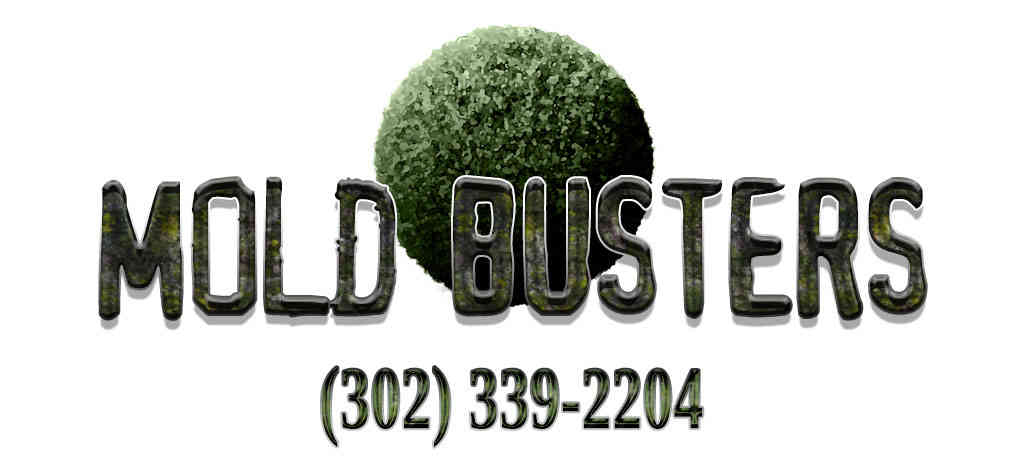Read More
April 24, 2017 | Mold Removal
How to kill mold with Borax
How Borax Kills Mold
You hear a lot about how to kill mold, or how to remove mold. There are debates about whether you should use a biocide or some natural alternative such as vinegar or grape seed extract. One thing that really helps to know, however, is how something kills or removes mold.
Now borax has a really cool name, maybe because it sounds really mean like anthrax, or Clorox, or maybe just because it has the phonic ‘ax’ in it. At any rate, borax is interesting because it is a naturally occurring substance, and in addition to its...
Read More
Read More
April 24, 2017 | Mold Removal
Reasons Why You Should Never Use Bleach To Clean Mold
Chlorine bleach is often regarded as the answer for removing and halting mold growth. It is usually the first thing many reach for when cleaning a mold contaminated area. While bleach may be effective in certain applications, it will not exonerate mold on a porous surface. Bleach can actually contribute negatively to certain mold problems.
It loses effectiveness over time.
Chlorine bleach rapidly looses its effectiveness. If you leave a glass of chlorinated water out on the counter for a few days, the chlorine will evaporate. This happens within the container as well. This evaporation process indicates that it will...
Read More
Read More
April 24, 2017 | Mold Removal
Efflorescence or Mold
Efflorescence patterns are also sometimes mistaken for mold growth. When moisture migrates from the exterior through concrete, it dissolves some materials in the concrete. When the moisture evaporates on the inner side of the concrete wall, this material remains behind, sometimes looking like clumps or lines of fuzzy growth. This material is made of minerals, not mold; still, the presence of efflorescence indicates a moisture-intrusion problem in a basement. Mold requires moisture for growth, so you want to keep water out of your basement.
Efflorescence on a foundation wall (picture above). If your basement has ever experienced water intrusion from...
Read More
Read More
April 22, 2017 | Mold Removal
IS MOLD AFFECTING YOUR SKIN?
All of our lives, every day, we have been exposed to mold. A mold-free environment is just about impossible to achieve, even on that shining metal surface in your kitchen.
The impact of household mold on common skin conditions
Molds are extremely common forms of fungi, and they are opportunistic. That is why, if conditions are right, mold grows in homes very easily. Moldy bread comes to mind, with its green, fuzzy filaments that seem to be invading the crust. In reality, the mold is spreading throughout the bread, and feeding upon it. In the environmental cleanup department, mold is...
Read More
Read More
Payment Methods
We take all major credit cards and PayPal with a 3% surcharge.
Area served:
- Delaware
- Maryland
- New Jersey
- Pennsylvania
- Virginia
- Washington DC
Our Services:
- Mold Inspection
- Mold Remediation
- Mold Prevention
- Timely Delivery
- Competitive Pricing
- And Much More
Our Services:
- Mold Inspection
- Mold Remediation
- Mold Prevention
- Timely Delivery
- Competitive Pricing
- And Much More
